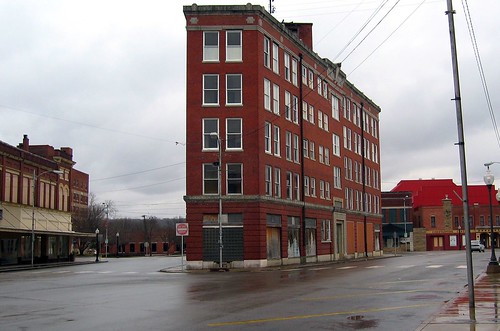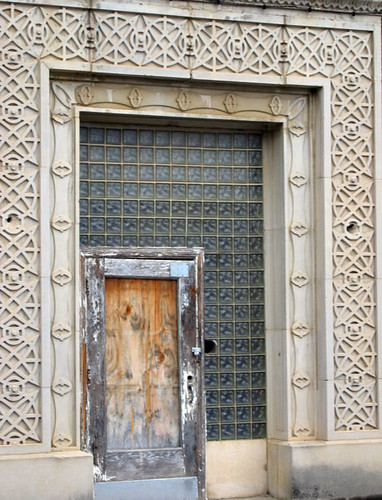The Osage Reign of Terror
There are a lot of ghost towns on Atlas Obscura, remnants of cities abandoned or destroyed by economic or environmental disaster. But never have a I felt so haunted as in Pawhuska, Oklahoma.

I grew up in Northeastern Oklahoma, in a town just 30 minutes from Pawhuska, and even spent one college summer working for the Pawhuska newspaper, covering dusty rodeos and writing obituaries. However, I didn’t experience the absolute horror of that town’s past until I read Bloodland by Dennis McAuliffe. Like a suddenly sharpening glass, Bloodland corrected my vision of what was just another decaying oil town. The rundown buildings were not merely abandoned, but phantoms of the wealth that flowed from the oil derricks, before the brutality of what became known as the Osage Reign of Terror.

In the 1920s, the Osage were the richest people in the world, and also victims of one of the highest murder rates. Rolls-Royces were cluttered outside mansions packed with luxurious furniture, and women wore diamond studded slippers as they strolled by the marble office buildings. If a car broke down or got a flat tire, they bought another. Each member of the Osage tribe had a headright granting them what would now be over a million dollars a year, that passed to their heirs upon death. Osage women would conveniently commit suicide after marriage; Osage men would turn up dead in ditches, supposedly victims of drunken falls even when traces of strychnine were found on their whiskey bottles. Autopsies were used not to find the cause of death, but to chop up the victim so no one could find a bullet hole. More and more headrights ended up in the hands of white men, and nearly 3 percent of the tribe was murdered before the FBI stepped in to investigate. Included in the massacre was McAuliffe’s grandmother, whose investigation of her staged suicide uncovers the whole conspiracy.
Everywhere in Pawhuska, there are shadows cast from its wealthy past. The mansions are still there, even if often their paint is cracked and windows are missing. Elegant staircases climb to empty downtown storefronts and up to the imposing courthouse on the hill. The grand flatiron Triangle Building, from which attorneys appointed as “guardians” of Osage wealth mismanaged accounts to their own benefit, is abandoned to pigeons and last season’s Christmas decorations. The Greek Revival Constantine Theatre once hosted Italian opera singers to crowds of hundreds is quiet. The beautiful Church of the Osage has 22 stained glass windows lining a sanctuary with a marble altar, two of which required special permission from the Vatican as they depicted living tribal members, and still gets some curious visitors. Even while its heyday has long passed, Pawhuska holds memories of its regal past in these places, monuments to its bloody legacy that has been so easily forgotten.




Follow us on Twitter to get the latest on the world's hidden wonders.
Like us on Facebook to get the latest on the world's hidden wonders.
Follow us on Twitter Like us on Facebook